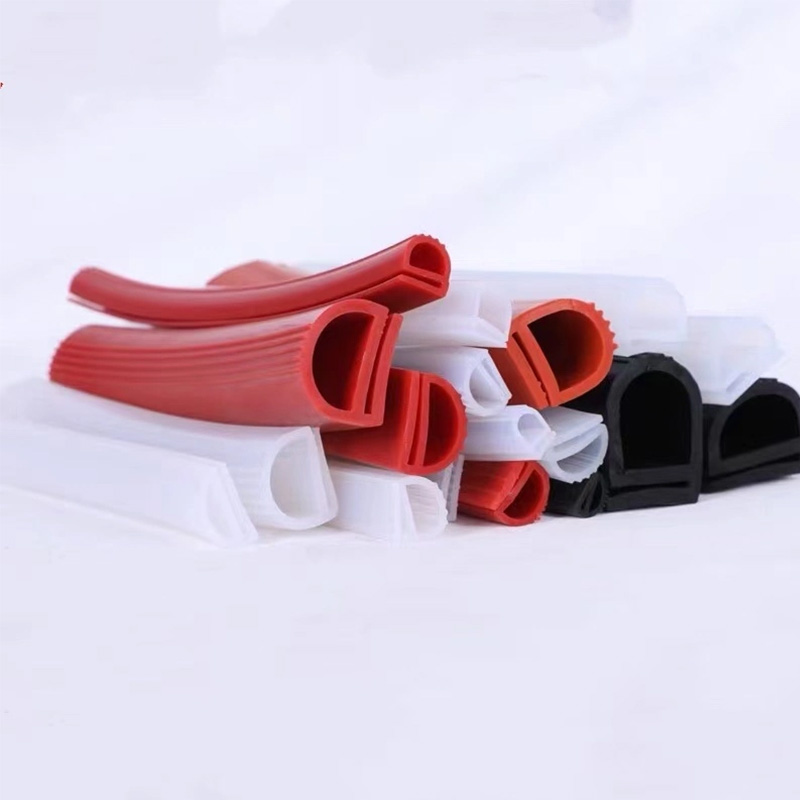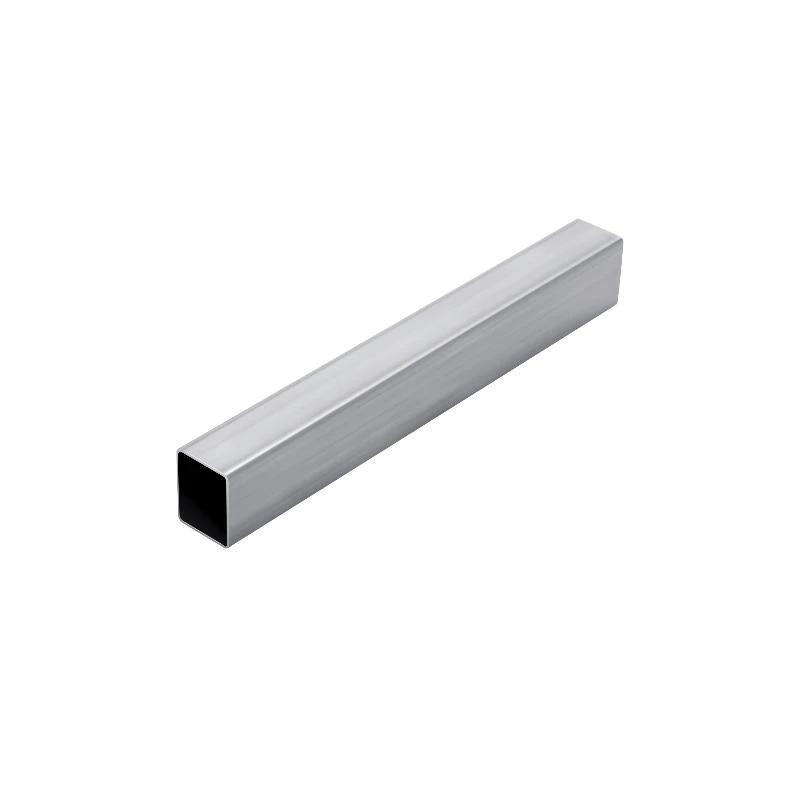Precision Seamless Steel Tube
2 月 . 14, 2025 18:54

Exploring the Intricacies of Seamless and ERW Pipes An In-depth Analysis

The world of piping is vast, dotted with terms like seamless and ERW (electric resistance welded) that can often perplex even seasoned professionals. Yet, understanding the subtle distinctions between these two types is critical, especially when making decisions that impact the efficiency, safety, and cost-effectiveness of industrial projects. This text aims to clarify the nuances and applications of seamless and ERW pipes, offering a fresh perspective that balances technical expertise with practical experiences.
Seamless Pipes A Benchmark of Reliability

Seamless pipes hold a distinguished place in industries due to their robustness and reliability. Formed by piercing a solid billet, these pipes do not have any welds or seams, offering a homogeneous structure throughout. This lack of a welded seam translates to enhanced strength and adaptability under high pressure and temperature, making them an ideal choice for transporting oil, gas, and other critical fluids. Their uniformity also ensures better mechanical properties, making them less susceptible to failure caused by external stressors.
In my experience as an engineer in the oil and gas sector, seamless pipes have consistently proven their mettle. In projects where the margin for error is minimal, their ability to withstand harsh environments provides an assurance that few other materials can offer. However, it's important to note that their production process is more complex, resulting in higher costs compared to other alternatives.
ERW Pipes The Cost-effective Alternative
On the other side of the spectrum lies ERW pipes, which are manufactured by welding the seam through electrical resistance. While this might seem like a minor difference, it substantially impacts the pipes' characteristics and applications. ERW pipes are generally more economical and easier to produce in large specifications and quantities, making them a common choice for applications in construction and water transport.
seamless and erw
The welding in ERW pipes, although potentially viewed as a weak point compared to seamless options, has seen significant technological advancements over the years. Modern ERW pipes boast improved weld quality and inspection standards that have greatly diminished concerns over potential weaknesses. During my tenure working on urban infrastructure projects, I've noticed that ERW pipes provide immense value, particularly when working within budget constraints without compromising on quality.
Choosing Between Seamless and ERW Considerations and Conclusions
The decision between seamless and ERW pipes depends largely on the specific requirements of a project. If the conditions involve high-pressure applications or corrosive environments, seamless pipes may offer the peace of mind necessary through their inherent structural advantages. Conversely, for less demanding conditions where cost is a significant consideration, ERW pipes offer a practical solution without a significant compromise in quality.
Moreover, it's crucial to involve experts who understand the unique requirements of your project. Engineers and project managers need to weigh factors such as pressure ratings, environmental conditions, and budgetary limits. Consulting with experienced professionals can provide insights into the long-term implications of choosing one type over the other, ultimately ensuring the safety and success of your project.
Final Thoughts Building Trust through Knowledge
Navigating the complexities of pipe selection is a vital skill in industries reliant on fluid transport.
Both seamless and ERW pipes have their distinct advantages and are solutions tailored to different scenarios. By fostering a deep understanding of their characteristics and applications, you can enhance decision-making processes, safeguard project integrity, and drive cost-efficient solutions.
In conclusion, while information on seamless and ERW pipes is abundant, leveraging expert knowledge and firsthand experience ensures that decisions are made with authority and trustworthiness. As the infrastructures around us continue to evolve, grounded insights and informed choices in pipe selection will continue to play a pivotal role in shaping the future of industrial and construction endeavors worldwide.


